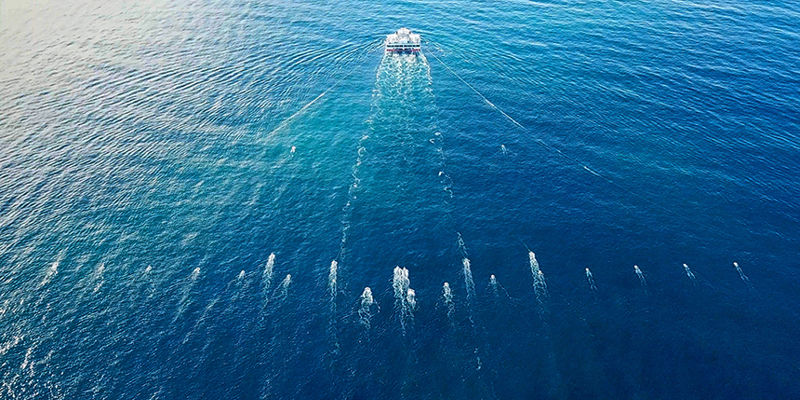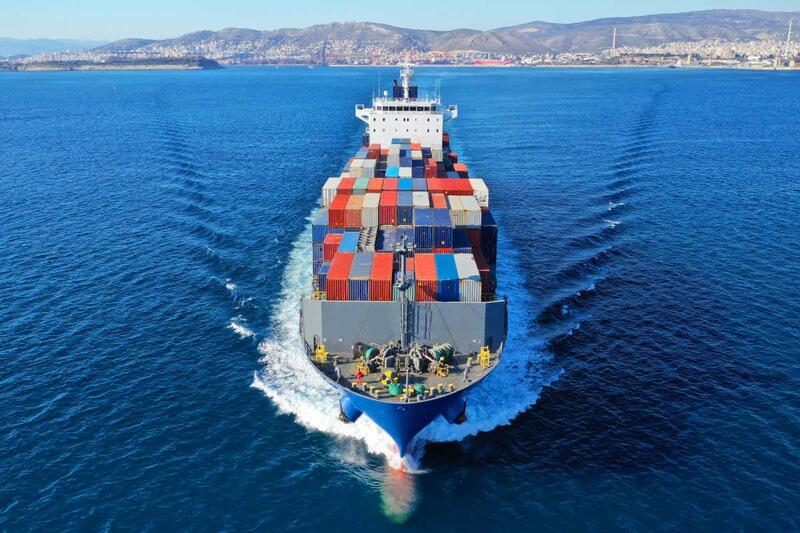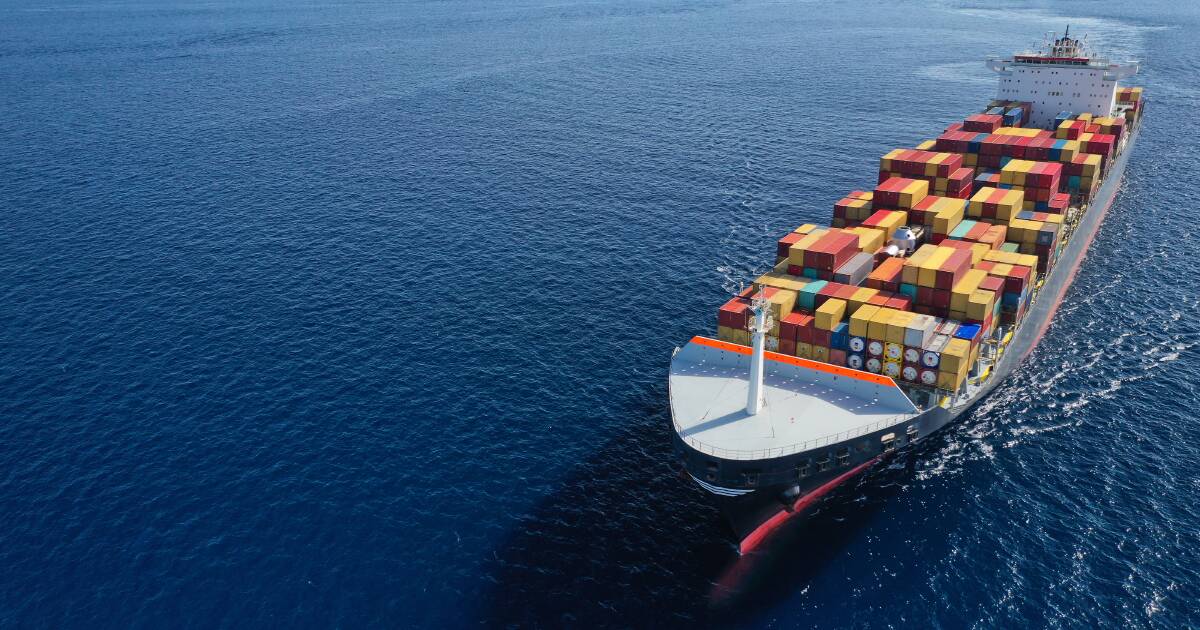
Marine Data Acquisition And Real-Time Analytics: Transforming Ocean Exploration
The vast and largely unexplored oceans hold many secrets and resources crucial for understanding climate change, marine biodiversity, and potential natural resources. Recent advancements in marine data acquisition and real-time analytics have revolutionized our ability to explore and monitor the underwater world. These technologies not only enhance scientific research but also have practical applications in areas like environmental protection, resource management, and maritime security.
The Importance of Marine Data Acquisition
-
Understanding Marine Ecosystems
Marine ecosystems are incredibly complex and dynamic. To comprehend the intricate relationships and processes within these ecosystems, scientists need accurate and continuous data. Marine data acquisition involves collecting information on various parameters such as temperature, salinity, currents, and biological activity. This data is essential for:
Climate Change Studies:
The oceans play a critical role in regulating the Earth’s climate. By monitoring ocean conditions, scientists can better understand global warming, sea-level rise, and the carbon cycle.Biodiversity Conservation:
Accurate data on marine species and habitats helps in developing effective conservation strategies and managing protected areas.Fisheries Management:
Data on fish populations and their habitats is crucial for sustainable fisheries management and preventing overfishing.
-
Technological Advances in Data Acquisition
In recent years, there have been significant advancements in the technology used for marine data acquisition. These innovations have made it possible to collect more accurate and comprehensive data from the oceans:
Autonomous Underwater Vehicles (AUVs):
AUVs are robotic submarines that can operate independently of human control. Equipped with various sensors, they can collect data from remote and challenging environments.Remote Sensing Satellites:
Satellites equipped with sensors can monitor ocean conditions from space, providing large-scale data on sea surface temperature, chlorophyll concentration, and more.Buoys and Drifters:
These floating devices are equipped with sensors to measure parameters such as temperature, salinity, and currents. They transmit data in real-time via satellite or radio.Underwater Gliders:
These vehicles move through the water by changing their buoyancy. They can cover long distances and collect data on various oceanographic parameters.Real-Time Analytics:
Turning Data into Insights
-
The Need for Real-Time Data Processing
Collecting vast amounts of marine data is only the first step. To make this data useful, it needs to be processed and analyzed in real time. Real-time analytics allows scientists and decision-makers to:
Detect and Respond to Changes:
Immediate analysis of data can help identify unusual patterns or changes in the marine environment, enabling timely responses to potential threats such as algal blooms or oil spills.Improve Predictive Models:
Real-time data can be fed into predictive models to improve their accuracy and reliability. This is crucial for weather forecasting, climate modeling, and disaster preparedness.Optimize Marine Operations:
For industries such as shipping and offshore oil and gas, real-time data can optimize operations, improve safety, and reduce costs.
-
Technologies Enabling Real-Time Analytics
Several technologies and methodologies have been developed to enable real-time data processing and analytics in marine environments:
Cloud Computing:
Cloud platforms provide the computational power and storage needed to process large datasets quickly. They also facilitate collaboration by allowing researchers to share data and insights.Machine Learning and AI:
These technologies can analyze complex datasets to identify patterns and make predictions. They are particularly useful for processing large volumes of data from diverse sources.Edge Computing:
Edge devices process data locally, close to the source. This reduces latency and bandwidth usage, making it possible to analyze data in real-time even in remote locations.Internet of Things (IoT):
IoT devices equipped with sensors can collect and transmit data in real time. In marine environments, these devices are often used in networks to monitor various parameters continuously.
Applications of Real-Time Marine Data Analytics
-
Environmental Monitoring and Protection
Real-time analytics play a crucial role in monitoring and protecting marine environments. For example:
Oil Spill Detection:
Sensors and satellites can detect oil spills in real time. Analytical tools can then predict the spread of the spill, helping authorities to respond quickly and minimize environmental damage.Coral Reef Monitoring:
Real-time data on water temperature, acidity, and other factors can help monitor the health of coral reefs. This information is vital for conservation efforts and mitigating the impacts of climate change.Marine Pollution Tracking:
Real-time analytics can track sources and spread of marine pollution, such as plastic waste and chemical contaminants. This helps in developing effective strategies for pollution control.
-
Fisheries Management
Sustainable fisheries management relies on accurate and timely data. Real-time analytics can:
Monitor Fish Populations:
Data on fish movements and populations can be analyzed in real time to manage fishing activities and prevent overfishing.Optimize Fishing Efforts:
Real-time data on ocean conditions and fish behavior can help fishermen locate schools of fish more efficiently, reducing the time and fuel needed for fishing trips.
-
Maritime Security
Real-time analytics are essential for ensuring maritime security. They can be used to:
Detect Illegal Activities:
Monitoring systems can detect illegal fishing, smuggling, and other illicit activities in real time. This information can be used to coordinate law enforcement efforts.Ensure Safe Navigation:
Real-time data on ocean conditions and weather can help ships navigate safely, avoiding hazards such as storms and icebergs.
-
Scientific Research
For marine scientists, real-time data analytics offer new opportunities to study the oceans in unprecedented detail:
Dynamic Oceanography:
Real-time data can reveal dynamic processes in the ocean, such as currents, tides, and upwelling events. This helps scientists understand the mechanisms driving these processes.Long-Term Monitoring:
Continuous, real-time data collection allows for long-term monitoring of changes in the marine environment. This is crucial for studying climate change and its impacts.
Challenges and Future Directions
-
Technical Challenges
While the advancements in marine data acquisition and real-time analytics are impressive, there are still several challenges to overcome:
Data Quality and Integration:
Ensuring the accuracy and consistency of data from diverse sources is a significant challenge. Integrating this data into a cohesive framework for analysis is also complex.Communication Infrastructure:
Reliable communication networks are essential for transmitting data from remote and underwater locations. Building and maintaining this infrastructure is challenging and costly.Energy Supply:
Many data collection devices operate in remote locations where supplying power is difficult. Developing efficient and sustainable energy sources for these devices is crucial.
-
Future Directions
Looking ahead, several trends and innovations are likely to shape the future of marine data acquisition and real-time analytics:
Advancements in Sensor Technology:
Continued improvements in sensor technology will enable more accurate and comprehensive data collection.Integration with Artificial Intelligence:
AI will play an increasingly important role in analyzing complex marine datasets and making predictions.Collaborative Platforms:
Online platforms that facilitate data sharing and collaboration among researchers, policymakers, and industry stakeholders will enhance the impact of marine data analytics.Sustainable Energy Solutions:
Innovations in renewable energy sources, such as solar and wave energy, will help power remote sensing devices and reduce the environmental impact of data collection.
Marine data acquisition and real-time analytics are transforming our understanding of the oceans and our ability to manage and protect marine environments. These technologies provide valuable insights that are essential for addressing some of the most pressing challenges of our time, from climate change to sustainable resource management. As advancements continue, the potential for even greater discoveries and innovations in marine science and technology is vast. Integrating cutting-edge technology with marine research promises a future where we can explore, understand, and preserve the oceans like before.

